Product Short Description
Technical Specifications
- Supported Protocols: DeviceNet (Master/Controller), with compatibility for Modbus, Profibus, EtherNet/IP, Modbus TCP/IP, and PROFINET.
- Network Rates: DeviceNet supports 125 kbps, 250 kbps, and 500 kbps.
- Maximum Nodes: Manages up to 64 DeviceNet slave devices.
- Electrical Isolation: 500 V AC isolation between the DeviceNet port and internal circuitry.
- I/O Capacity: Provides 2048 I/O ports, expandable to 4096 ports, with 8 DC inputs and 4 transistor receiver/source outputs in a 12 I/O configuration.
- Processing Power: 200 MHz CPU with 1 MB RAM for rapid data handling.
- Communication Interfaces: RS232, RS485, and Ethernet ports for flexible connectivity.
- Environmental Robustness: Operates reliably in temperatures ranging from -20°C to +60°C (with some models supporting -40°C to +85°C).
- Power Supply: 24 V DC input.
Description
Functional Features
- DeviceNet Master Functionality: Acts as the central controller for DeviceNet networks, efficiently collecting data from and controlling field devices.
- High-Speed Data Processing: The 200 MHz processor and 1 MB RAM enable quick response times and handling of complex control algorithms.
- Multi-Protocol Support: Facilitates integration with diverse industrial networks and devices through support for multiple communication protocols.
- Scalability: The module’s I/O capacity can be expanded to meet growing automation demands, ensuring long-term system relevance.
- Robust Design: Built to withstand harsh industrial environments, featuring 500 V AC isolation and comprehensive diagnostic capabilities for stable operation.
- User-Friendly Configuration: Simplifies programming and installation via ABB’s Control Builder M engineering software, reducing setup time and maintenance efforts.
- Advanced Reporting: Generates over 70 unique reports from historical data stored in auto-save databases, aiding in system analysis and optimization.
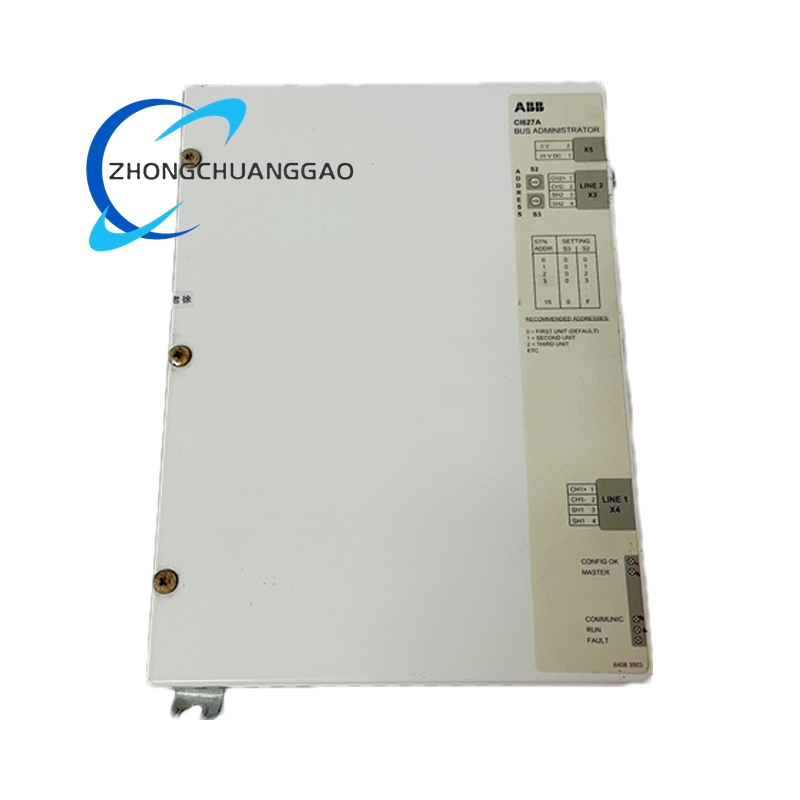
Application Scenarios
- Factory Automation: Controls production lines in automotive, food and beverage, and packaging industries by connecting PLCs, sensors, and actuators.
- Process Control: Monitors and regulates critical parameters—such as temperature, pressure, and flow—in chemical, petrochemical, and pharmaceutical manufacturing.
- Power Systems: Manages power generation, transmission, and distribution in utilities and renewable energy plants.
- Building Automation: Optimizes energy efficiency by controlling lighting, HVAC, and security systems in commercial and residential buildings.
- Logistics and Warehousing: Automates material handling, conveyor systems, and sorting operations in warehouses and distribution centers.
- Steel and Metal Processing: Specifically utilized in steel and rolling mills for precise control of rolling processes and equipment monitoring.
Key Advantages
- Efficiency: Streamlines system architecture by reducing wiring complexity and enabling centralized control of multiple field devices.
- Reliability: Designed for continuous operation in demanding industrial environments, with high electromagnetic interference (EMI) resistance and fault tolerance.
- Flexibility: Supports a wide range of communication protocols and network topologies, ensuring compatibility with both legacy and modern systems.
- Cost-Effectiveness: Lowers installation and maintenance costs through simplified wiring and modular scalability.
- Future-Proofing: Adaptable to evolving automation trends, such as Industry 4.0 and smart manufacturing initiatives.

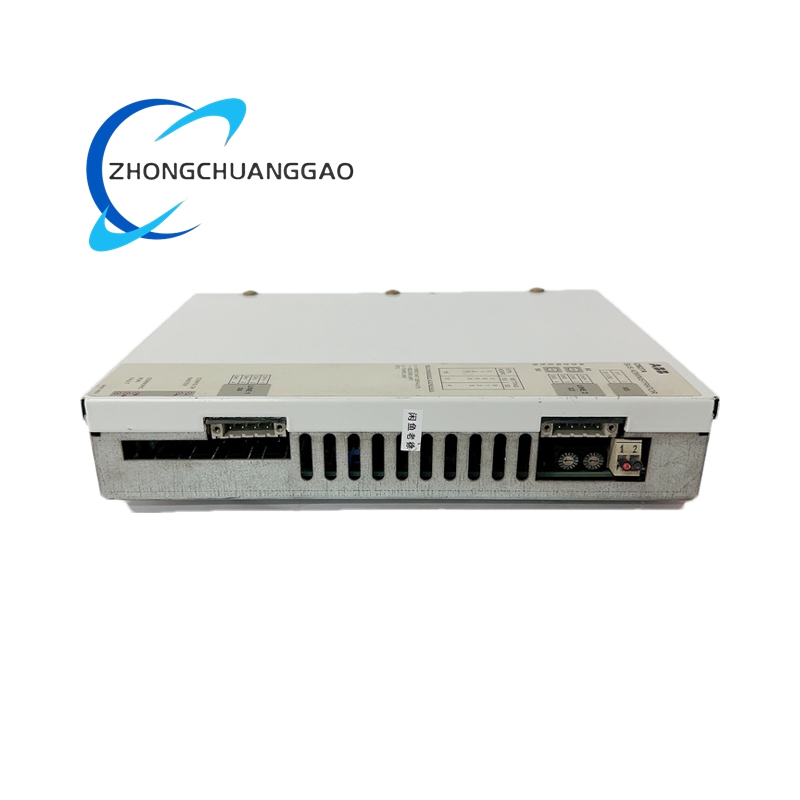
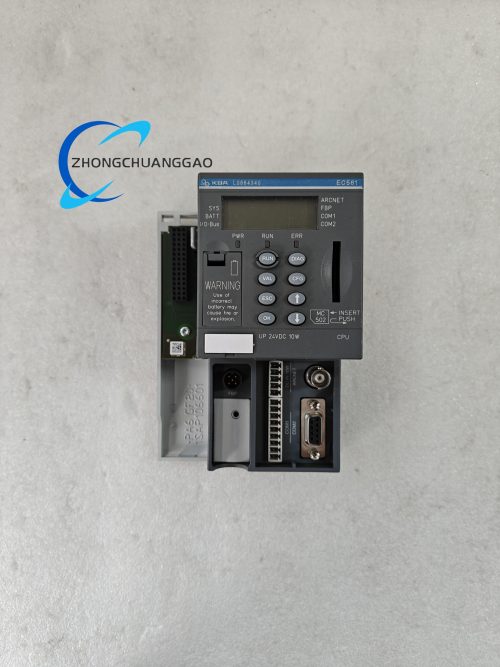
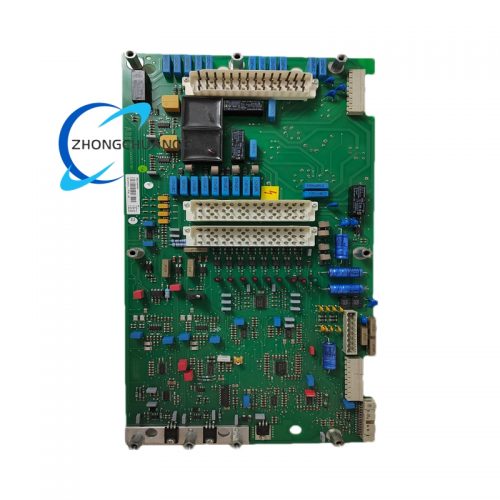
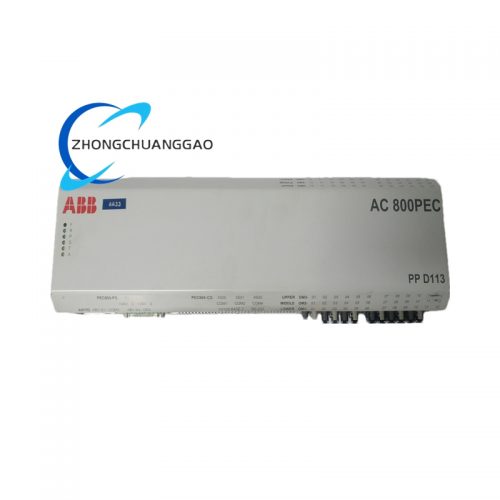
Reviews
There are no reviews yet.